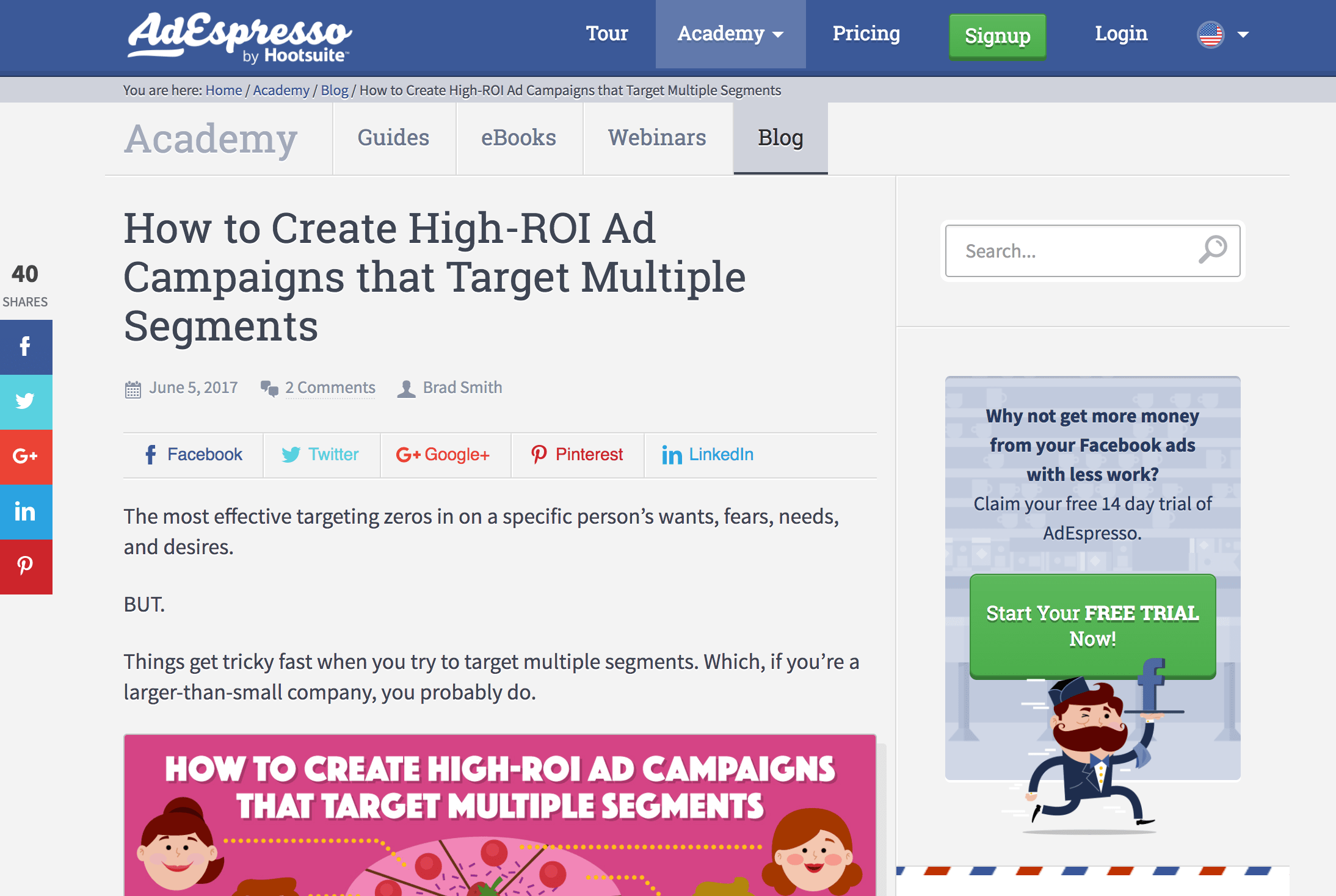
There are many statistics you need to know about email marketing. These include your average click-through rates, segmentation effectiveness and mobile optimization impact. By following these tips, you can grow your business with ease. These statistics can be confusing, so keep reading! Continue reading to learn 20 important statistics about email marketing for your business. Here's a breakdown of each one. This book is essential reading for all business owners.
20 Email marketing statistics that every business owner needs to know
There are a few stats that will determine the success of your email marketing campaigns. You should first know that nearly 45% of email users won't open unsolicited emails. This statistic may convince you to reconsider sending emails to them. Emails are used in almost all industries, but the average open rates is only 21%. Emails from government organizations and religious groups have the highest open rates (28.7%). Average email recipients check their emails at least twice daily.
Email marketing is the most popular marketing strategy. Its ROI is 4400%. This means that you can expect to get $44 for every $1 spent. And that's just the start. It's an effective way to generate quality leads and increase brand awareness, but the benefits of email marketing go beyond ROI. These 20 email marketing statistics should be a part of every business owner's arsenal to improve the effectiveness of their marketing campaigns.
Average click through rate of emails
Marketing data that is important includes an email's average click through rate (CTR). While it is important to know the number of emails opened, it is also vital to know the percentage who clicked on the email. CTR for an email averages between two to five percent. CTR is important, even more so than the open rate. This is especially true for lead generation. Your CTR might be low so you may want to improve your subject line or body.
To increase click-through rate, personalize your emails by including your company's logo and name. Also, remember that a higher CTR can indicate better content. Use existing networks to create memorable emails and increase open and click-throughs. Here are some tips to get more customers through your email marketing efforts. Try using existing networks to help you market your business to those who are already in the business world.
Effectiveness of segmentation

A few things are key to segmentation's effectiveness in email marketing statistics. Segmentation is an effective way to deliver targeted messages and information to the right people. In fact, it has been shown to increase average revenue per customer (ARPC) and conversion rates. Segmentation is based on four pillars: audience size, customer lifetime value, content, and business objectives. These four pillars, when used correctly, can be used to target your emails more effectively and to create targeted campaigns to meet each individual's needs.
Email segmentation works best for middle-of-funnel prospects who are interested but have not yet purchased from your company. You can segment these leads by buying history to send them relevant emails and maximize their lifetime worth. Segmenting your emails will allow you to cross-sell or up-sell to them. A happy customer is more likely than not to buy the same product twice.
Mobile optimization: Impact
Marketers are putting more emphasis on mobile optimization in this age of information. Email optimization for mobile wasn't something that was commonplace until a few short years ago. Mobile optimization is now the norm. Businesses may miss out on emerging email trends if they don't have it. This article will explain how mobile optimization can increase your email marketing statistics. Read on to learn more. Below are some tips for mobile email optimization. - Create emails that are optimized for mobile:

- Consider your current mobile conversion rates. Mobile conversion rates are now starting to catch up to desktop click through rates. A recent study revealed that click-through rates for mobile were 70% higher than desktop. Mobile users spend more time in mobile applications than desktops, so they're more likely opening and reading emails from there. Customers are less likely than ever to contact you again if they receive a mobile message with a poor experience.
FAQ
Can a Content Strategy help me achieve a higher ranking?
A content strategy involves planning how much content you want to produce over time. It contains keywords and information about your company, such as topics. This will ensure you don't write too much or not enough content.
How long does it take for SEO to generate traffic?
SEO can generate traffic in 3-4 weeks. It depends on many variables.
-
Content quality
-
Backlinks
-
Targeted keywords
-
Competitor rankings etc.
If you're new to SEO and want to generate some quick results, try using SEMrush for a free trial. The powerful platform allows you to track all aspects of your SEO campaign including competitor research, backlink profile and top pages. You can also view local listings, organic traffic stats and reports.
How Long does it take for PPC Advertising results to show up?
Paid search results take longer than organic search results because there is no natural flow to them. When someone searches for something, they expect to see the most relevant results at the top of the page. Paid search results must work harder to convince people that they should pay money to advertise on their site.
Do I hire an agency or do it myself?
An agency is a great way to get started. First, you can get everything you need from an agency. Second, they often provide training so that you know exactly what to do when you hire them. They can also handle any tasks required to rank your site higher.
Where do I get my keywords from?
The first thing you should do is think about what products or services are available and who your ideal customers are. Then, start to search for standard terms that relate to those items. Once you have your list, you can use Google Keyword Planner and other search engines, such as Yahoo! or DuckDuckGo to determine what phrases people are looking for.
How often should my website be updated?
There are many options for updating your website. One option is to use a CMS (Content Management System). Here, you can easily edit all of the content on your site without having to touch any code.
Another way is to use a plugin that automatically updates your website. These plugins are available for purchase through WordPress shops or can be installed yourself.
There are also several free plugins available, including WPtouch and Yoast. It is best to experiment with different methods and then decide which method works best.
Statistics
- Which led to a 70.43% boost in search engine traffic compared to the old version of the post: (backlinko.com)
- Sean isn't alone… Blogger James Pearson recently axed hundreds of blog posts from his site… and his organic traffic increased by 30%: (backlinko.com)
- 64% of marketers actively create SEO campaigns because they help hit multiple key performance indicators (KPIs), including increasing traffic, helping your site rank for relevant keywords, improving your conversion rate, and much more. (semrush.com)
- A 62.60% organic traffic boost to that page: (backlinko.com)
- 93%of online experiences today begin on search engines. (marketinginsidergroup.com)
External Links
How To
How can I tell if I'm doing SEO well?
There are several ways you can tell whether or not you're doing great SEO:
-
Your bounce rate should not exceed 30%. Users will leave your website without clicking on any other links. A high bounce ratio means that your audience does not trust your brand, or is not interested in the products you are selling.
-
Visitors visit multiple pages of your website. This shows that they are interested in your site and find something useful.
-
Your conversion rate is improving - your audience has become aware of your product or service and wants to buy it.
-
Your site's average time is increasing. This means that people spend more time looking at your content.
-
More people are coming from searches - this is one of the most reliable signs that you're doing great SEO.
-
This means that you are getting more social media shares - it shows that others are sharing your content and reaching new audiences beyond your own followers.
-
You are getting more comments in forums - this means that people respond positively about your work.
-
Increased engagement means more likes and tweets around your site, as well as shares, shares, likes and likes on posts.
-
Your rank in SERPs keeps increasing, a sign your hard work is paying off.
-
You're receiving more leads from your website - this shows that people have found your website organically and are now contacting you.
-
You are seeing an increase in sales - this means that people who visited your site looking for your products or services are purchasing them.
-
Your blog post receives more views/comments which indicates that people find your content informative and useful.
-
This will increase your subscribers to your email lists. It shows that people trust you enough for them to sign up to receive information about your business.
-
Sales are rising, which means that people love you and your products to the point that they will pay for them.
-
You've got more followers on social networks, showing that your fans share your content and engage with your brand.
-
You are receiving more PR mentions, which means journalists are talking about you online. This boosts your image and raises awareness for your company.
-
This means that your brand is being recommended more often.
-
People continue to return to your website. This is a sign that your customers are satisfied with your work, and will return again and again when they need your assistance.
-
Your competitors are losing market share - this means they didn’t invest as much in their SEO campaigns.
-
Your brand's image is changing - this shows that your brand is becoming popular among a new group of customers.